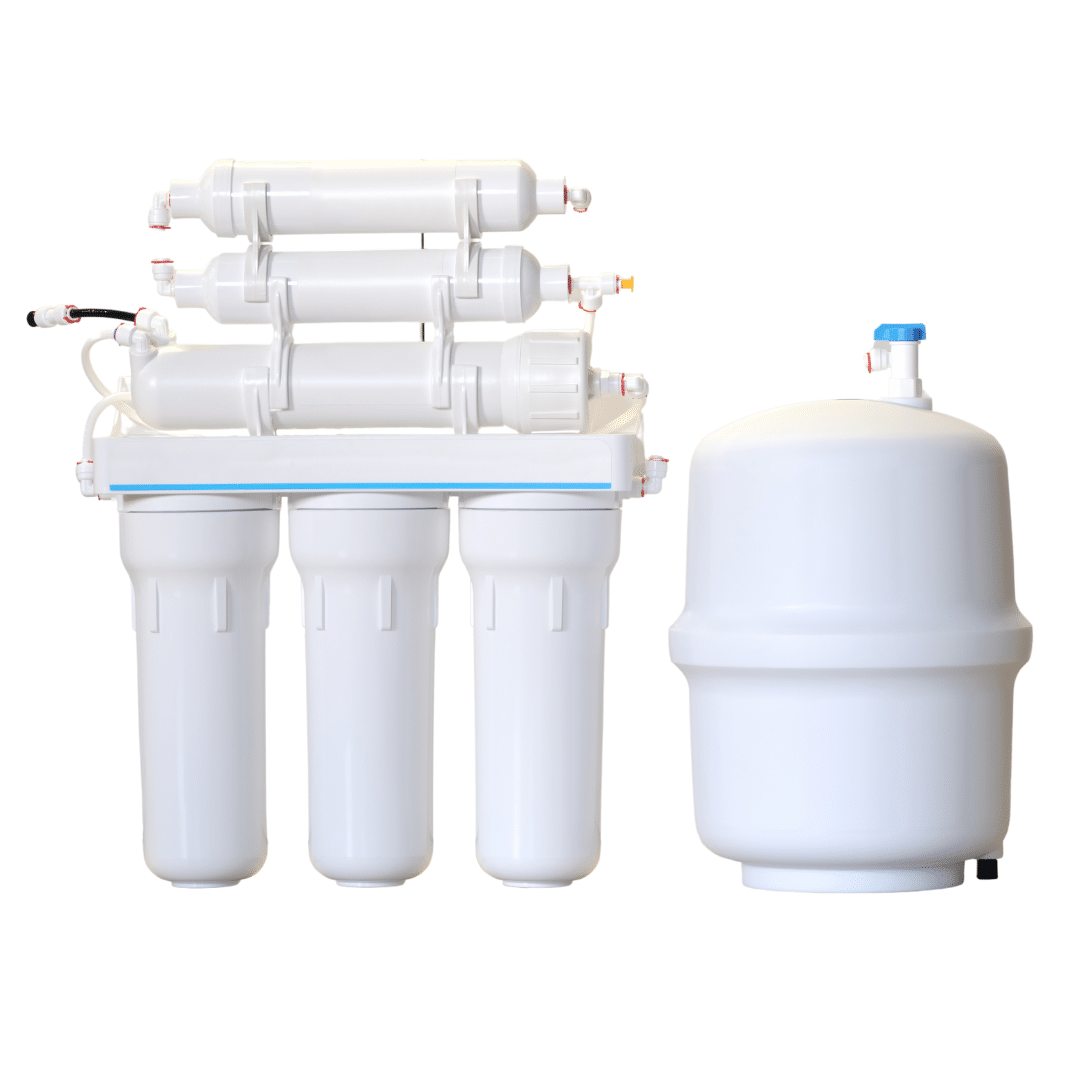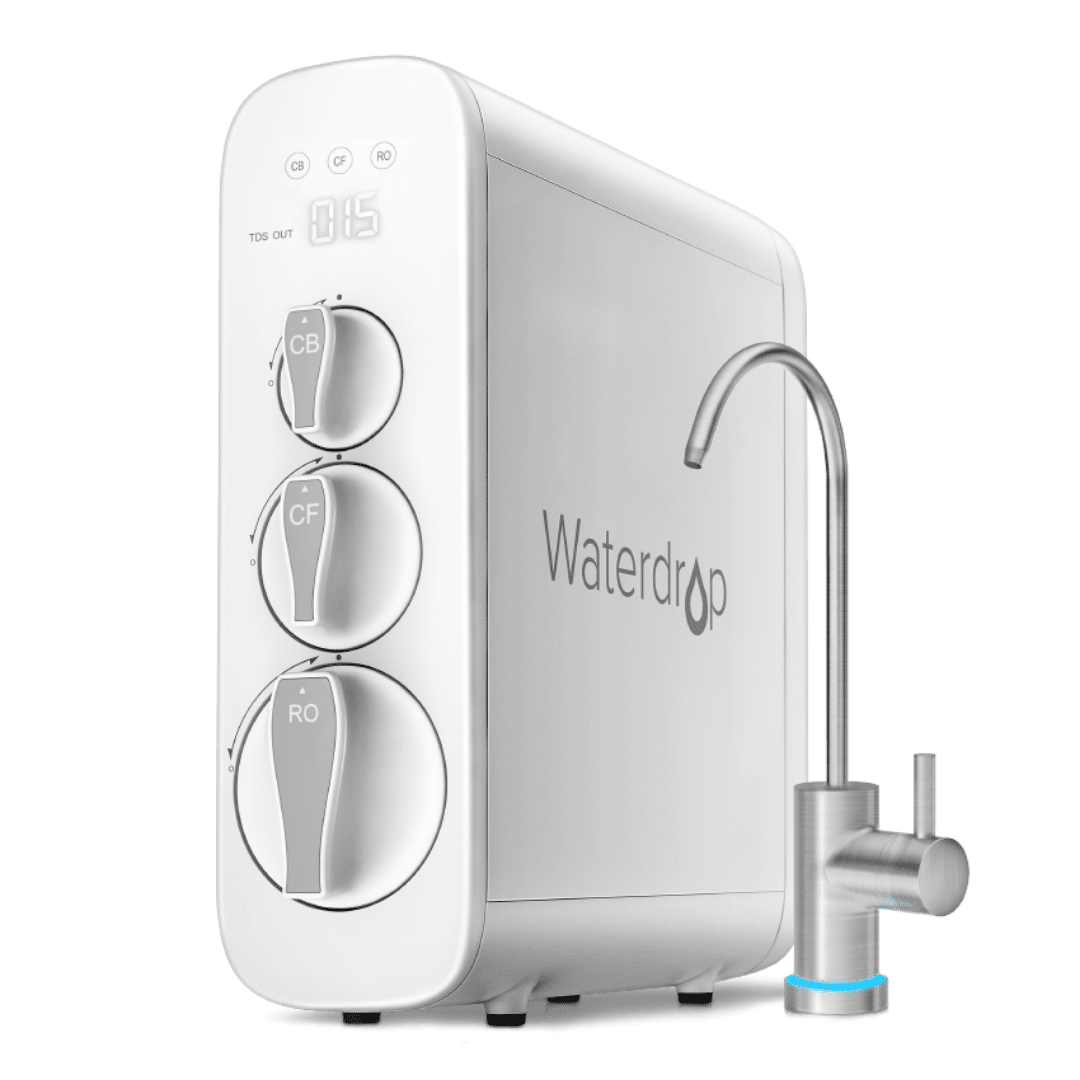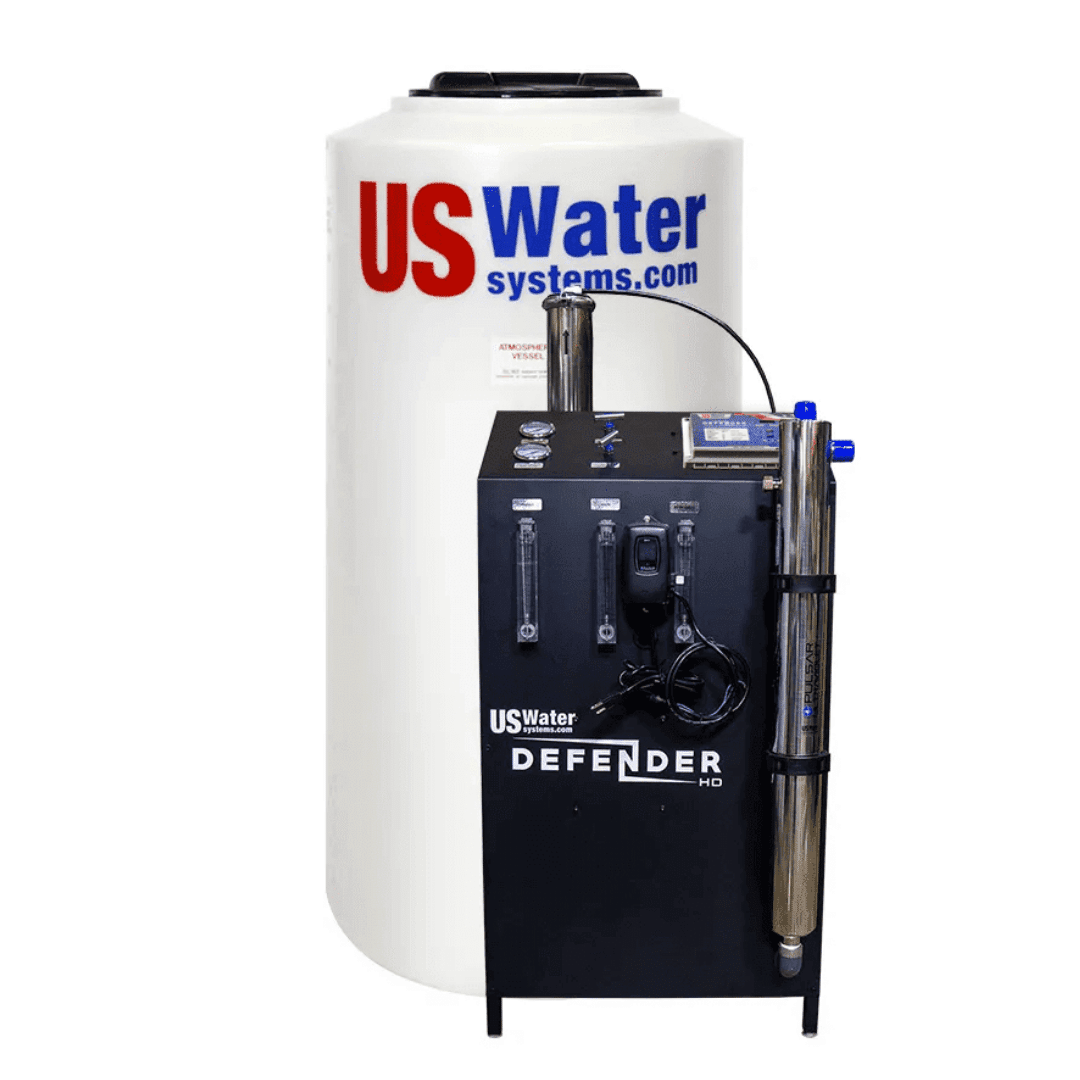With more homeowners realizing that water is a valuable commodity, many have opted to install an R.O. system for home use.
Reverse Osmosis (or R.O.) is a rather complicated process where minerals and salts are filtered out from the water– forcing it through a semipermeable membrane by high pressure. As a result, the water is close to 100% pure. (Related: What Are Waterdrop Filters? Here's Everything You Need To Know)
On average, installing a reverse water osmosis system will range from $1,500 to $31,500. This will depend on whether it is a simple domestic installation or a whole-house system. The total costs will also depend on the water amount that your home needs daily and the required pre-filtration equipment. If you require more water demand, this will entail a more extensive system to hike the price further.
Reverse Osmosis System Average Costs
Generally, most reverse osmosis systems require water pressure and water temperature. The quality of each factor will define the output of your R.O. water once the process is completed.

Domestic System

Under-sink System (Tankless)

Under-sink System (With Tank)

Whole-house RO System
A domestic R.O. system starts from $875 to $2,300, either a countertop or an under-counter unit. Meanwhile, a whole-house R.O. system may cost you up to $31,000 or more. Here’s a brief rundown of the average costs of an RO system installation:
System Type | Average Costs |
|---|---|
Domestic Systems | $875 - $2,300+ |
Under-Sink Systems (Tankless) | $875 - $1,500 |
Under-Sink Systems (With Tank) | $500 - $1,500 |
Whole-House RO Systems | $2,300 - $31,500+ |
Cost Factors for a Reverse Osmosis System
The cost to install an RO water filtration system depends on several factors, including the number of stages required for your water and the amount of water that you need to be filtered. Most RO systems have a minimum of 3 stages to remove all impurities in the water. Accordingly, you will also need frequent filter changes to provide pure drinking water and remove components such as salt from the process.
There are two common R.O. system types:
System Size
The cost to install your R.O. system will depend on its size and complexity. If your budget is at the $1,000 price point– you may lodge a countertop or under-sink unit. But if you have some extra budget, you can install a whole-house R.O. system instead.
Filtration Process
Other systems include a sophisticated filtration process like U.V. light technology to eliminate waterborne pathogens. It's best to prepare your budget accordingly for the added features in your units.
NSF Certifications
R.O. systems with the proper NSF certifications ensure that they effectively eliminate specific contaminants. Various certificates cover different types of pollutants, but you may want to keep an eye out on NSF standards 42, 53, 58, 401, and P473 for reverse osmosis filter systems.
Additional Features
Some R.O. systems are designed with a pump to boost pressure, increasing water production capacity, flow rate, and efficiency.
You can also consider other add-on features:
Installation Costs
Professional labor costs to install an RO filter system ranges between $700 and $1,500. Meanwhile, complicated installations (or any accessibility issues) may require you to shell out up to $3,200. Homeowners planning to do a DIY installation may need to address any water damage caused in the process.
RO System Brand
Let’s discuss some of the most popular RO system brands and their average costs.
Should I Hire a Professional to Install an RO System?
Ultimately, it all boils down to a matter of personal preference. Some homeowners opt for a DIY RO installation, but this will only place you at risk of addressing water damage problems.
In contrast, hiring a professional, experienced installer will set you back up to $700 for small units or up to $3,150+ for whole-house R.O. systems. In deciding whether reverse osmosis water is what you need, here are some considerations to serve as a guide:
Frequently Asked Questions (FAQs)
How much power does the RO process require?
About 3 to 3.5 kWh/m3 of electrical energy is used by Reverse Osmosis in a standard domestic setting. However, it is different in a commercial environment regarding sheer volume.
Is it worth buying a new RO water purifier?
Many people consider the water treated by Reverse Osmosis to be essential. However, some also consider it unhealthy as it removes even the beneficial salts and minerals. Ultimately, weigh the pros and cons before purchasing a new R.O. purifier system.
Is a whole house reverse osmosis system necessary?
For some water conditions, a whole house Reverse osmosis system is necessary. You may contact a water filtration specialist or a plumber to determine if your home’s water supply needs it.
